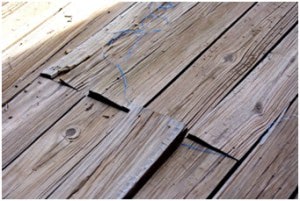
Related Posts
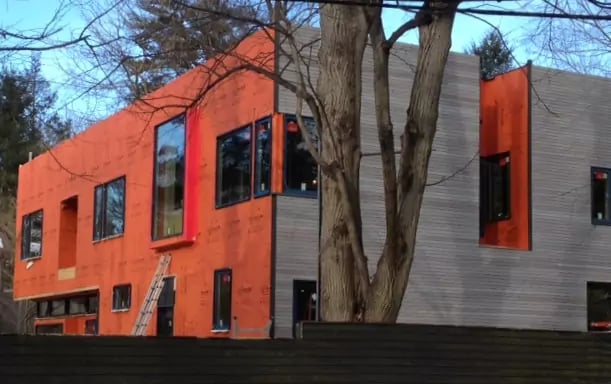
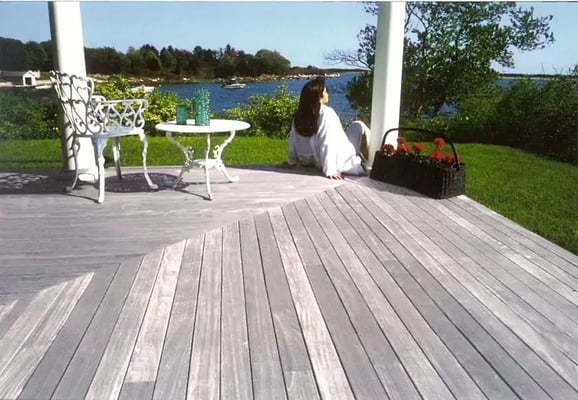

When wood acclimates too quickly, oftentimes there are unintended consequences, such as unwanted movement of the boards. Exterior woods are occasionally put in environments that “hurry” the acclimation period. Although wood will acclimate initially year round, the months of June, July and August, in particular are often very hot, which encourages rapid acclimation and dimensional changes (typically board shrinkage). In many parts of the US, these same months are very humid as well, which can encourage wood movement in other unexpected ways, such as twisting, warping or cupping. 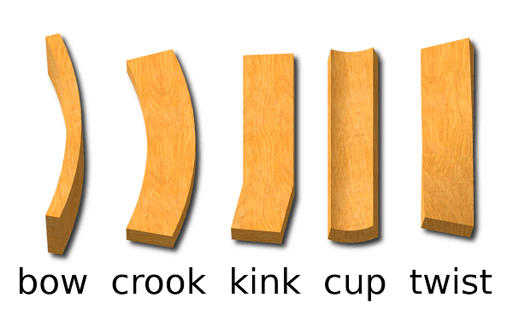
While it is well known that all wood moves, exterior woods have a tendency to move more, especially during their initial acclimation period, and then seasonally throughout their life cycle. This is particularly true with exterior woods such as decking and siding. When there are unequal forces on woods, they tend to behave erratically. For example, if a board is sealed on only one face, the other face and edges of the board tend to behave differently than the face. Another example is when the face of the board receives direct sunlight and the other side is cooler and likely moister, in this case the board will want to cup or otherwise warp.
Best Solutions for Managing Wood Movement
The varying graining and natural makeup of each individual boards makes them unique and they will all behave differently - even under similar conditions. Although all wood will move, there are certain precautions that can be taken to help minimize the effects.
Preventative Steps for Minimizing Potential Wood Movement
Use high quality lumber. Higher grades of lumber tend to perform better than lower grades.
Select a wood deck or siding species that perform well outdoors. High density hardwoods such as Ipe, Machiche, Garapa and other species have earned a solid reputation as top performers when placed in harsh exterior conditions.
Create a design that helps minimize any compromising positions a board may be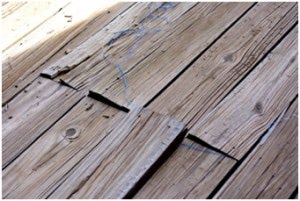 subjected t (In a deck for example, the higher the board is above ground, and the more below-deck ventilation, the better. When this is not possible, face screwing the deck boards helps hold the boards in place better than hidden fasteners.)
subjected t (In a deck for example, the higher the board is above ground, and the more below-deck ventilation, the better. When this is not possible, face screwing the deck boards helps hold the boards in place better than hidden fasteners.)
Pre-finish all four sides of the wood with an appropriate UV inhibiting finish prior to exposing to the elements. Pre-finishing wood decking or siding helps to minimize surface checking on the face and provides a uniform appearance.
Follow appropriate acclimation guidelines as soon as the wood arrives. This will help minimize checking and cracking and allow the wood to adjust to its new environment effectively. Failure to properly acclimate material on site is the number one totally controllable reason for wood misbehaving.
The slower the acclimation process, the better the results. It’s like baking cookies, you don’t want to let them cook too quickly or burn.
Seal any and all saw-cut ends quickly with AnchorSeal or other appropriate end-sealing product. This will help minimize end checking of the boards.
An experienced carpenter also knows the value of defect-cutting any boards that look like they may misbehave. If the decking or siding board looks a little squirrelly, you may want to cut out any defects before using it or use it in an area that won’t be seen.
Follow recommended fastening procedures. For example, deck movement can be minimized by using face screws at regular intervals.
Oops, the wood decking or siding misbehaved, now what?
Regardless of whether or not the best design and construction practices were used, wood will be wood, and may behave unexpectedly.
The first step is to find the cause of the wood movement. Is it the nature of the particular board itself? Or are there other conditions that are causing this situation?
If the situation is limited to a few boards, the cause is usually related to the natural behavior of the boards themselves. These boards may very well “calm down” after they are fully acclimated. If not, they can be replaced if desired.
When there are a multitude of boards moving the cause is usually site related or installation related.
Installation related issues may include the spacing, placement and quantity of fasteners, using varying board widths to their best advantage and more. Check the spacing and fastening. Add more fasteners as necessary.
Site related conditions that may cause excessive wood movement typically involve moisture imbalances. (Too wet on one side, too dry on the other.) Check the moisture content of several boards to help determine the cause.
If the wood acclimated too quickly, wetting the boards down is often very helpful to help them expand and readjust somewhat.
After fixing or repairing any of the above items as necessary, the best solution is then allowing the wood to fully acclimate, adjust and weather out over a full range of seasons for the first year. After that period, any remaining decking or siding boards that haven’t re-acclimated properly can be replaced if desired.
We hope you found this article helpful. Please visit MataverdeDecking.com for additional information about decking, rain screen siding, installation tips, acclimation guidelines and more.


